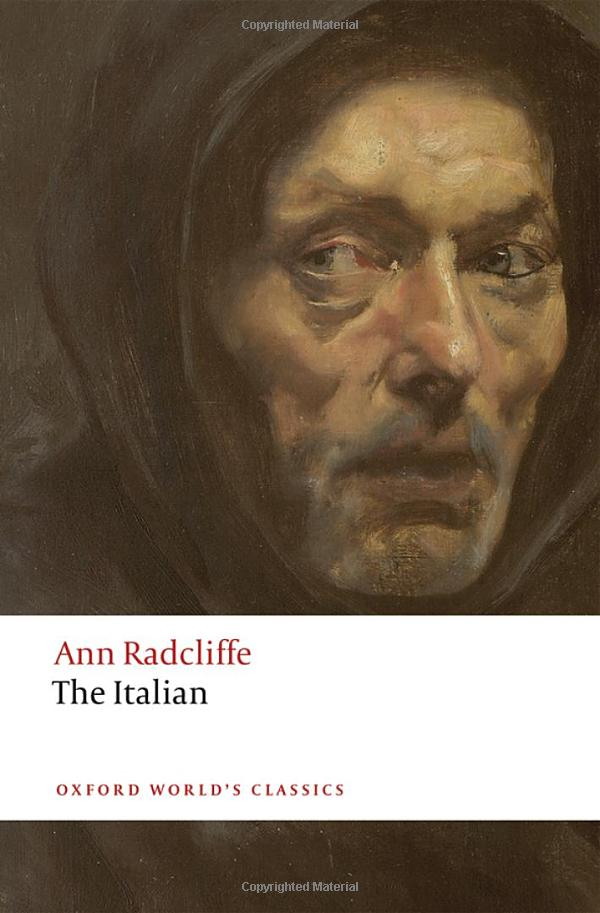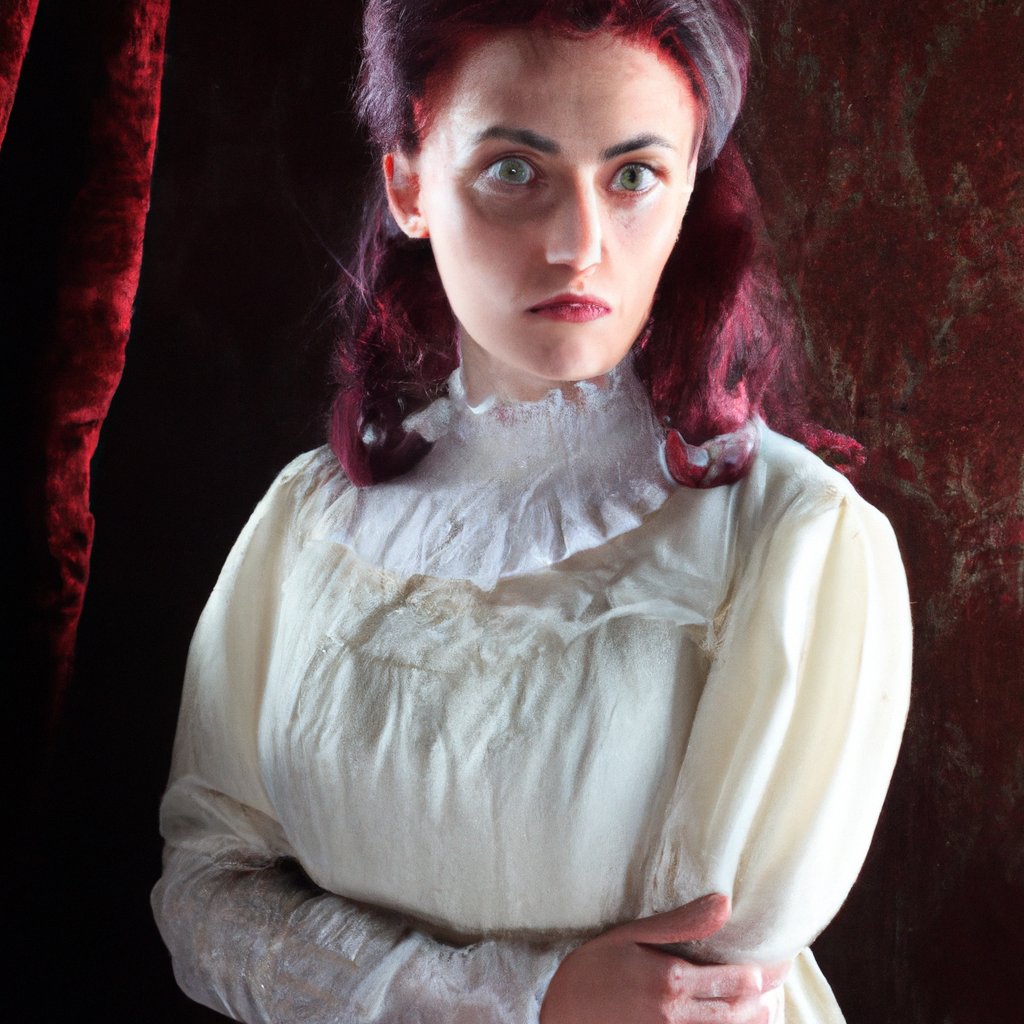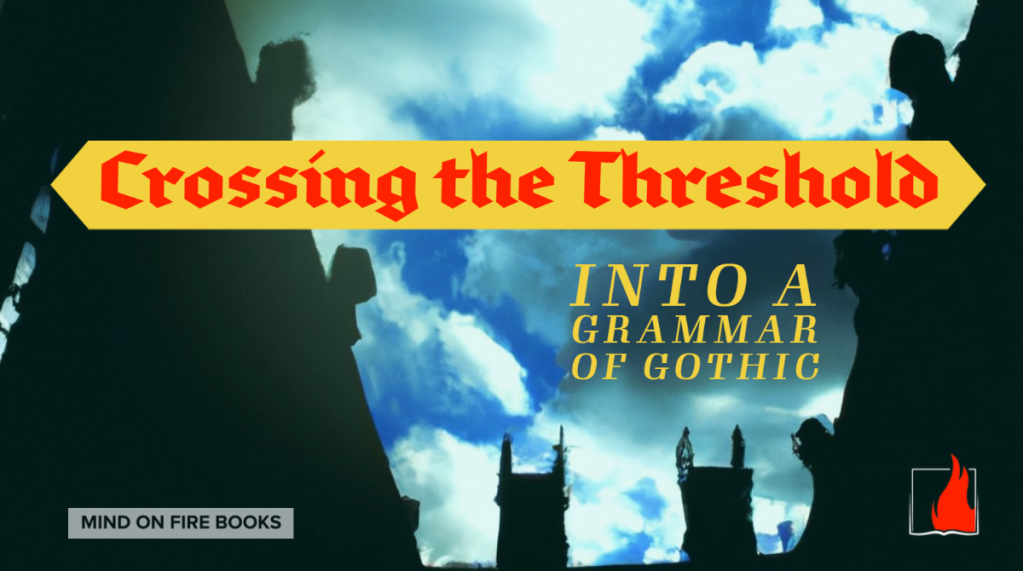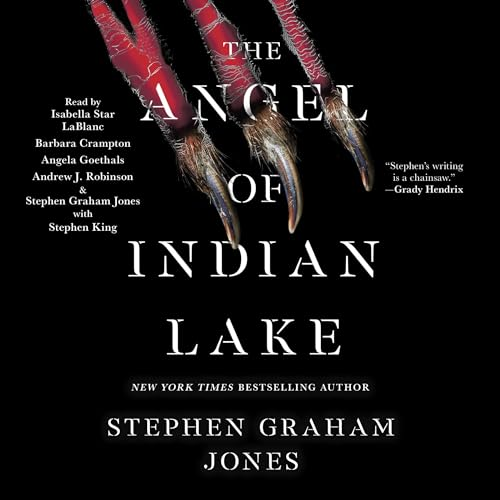The framework and analysis of this Gothic Study were teased out from Manue Aguirre’s “Geometries of Terror: Numinous Spaces In Gothic, Horror and Science Fiction.”
This article attempts to make explicit the formal use of space in Gothic Literature by specifically focusing on Anne Radcliffe’s novel, The Italian. First, the articles provide examples of spatial ambiguity from several genres and outline certain tools of geometries or spatial thresholds in gothic fiction.

What prompted this study was the author’s surprise at the lack of discussion about the use of space in Gothic fiction. Manue Aguirre claims that this is important because ‘space’ has remained important to the horror genre even after Victorian fiction. He proceeds in this work by asking the following questions “How is horror produced on the page? What textual mechanisms account for emotion? By what sleight of hand do writers get readers to collude with them in rising of passion?”
Writers in other fields such as anthropologists, biologists, and logisticians are accustomed to relations in terms of spatial rhetoric and speak of fields, worlds, domains, and sets. Gothic literature should be treated in the same manner and Manue Aguirre supplies an example of two worlds; the everyday world and the Numinous world in gothic literature.
Aguirre claims that films and other literary genres have capitalized on spatial strategy and terms dealing with other realms such as The Things from another world, The Beast from Twenty Thousand Fathoms, The House on the Borderland, and The Haunting of Hill House. Following these examples, the author provides the notion of crossing a threshold into another realm for gothic fiction to work.

He identifies three patterns in Gothic works: the Chinese box, labyrinth, and the infernal concentric pattern in settings. This leads to gothic literature being able to hold different properties in different directions.
If you are enjoying this article we have more content at The Ritual.
To explore these patterns, Aguirre focuses on a passage from The Italian, in which the main character, Ellena, is trapped in a convent. She is asked to meet with another character at a certain location. The trip to find this location is where the threshold theory is applied. Ellena and a nun venture off to meet Ellen’s suitor but they have to go through long hallways, gothic settings, what seem to be endless stairs, gates, and dim lighting. The gates and long passages serve as the agent for pushing the effect of the gothic threshold.
Many of these moves appear to be repetitions of the same basic gesture, which is crossing a threshold by traversing a space. Radcliffe makes these journeys longer to exemplify emotions in the reader. Doors and gates are said to be prolonged beyond their “own natural limits” (9). Radcliffe is notorious for withholding information from the reader, which is noted to be a technique used to magnify each stage and move, making every door and every step an explicit threshold.

So now I personally ask if this can be applied to other works of Gothic fiction? Spatial concerns are apparent in this literature with the description of vast scenes and unknown locations – what are some other tools used to dress these locations to press the reader into another world?
“We need to tackle the construction of physical and narrative space, the vocabulary and morphology of fera, the rhetoric of balance, opposition, and change at the sentence, paragraph and chapter levels – a grammar of Gothic” – Aguirre
Thank you for visiting with us. For more Literature related content, visit our blog at The Ritual.






Leave a Reply